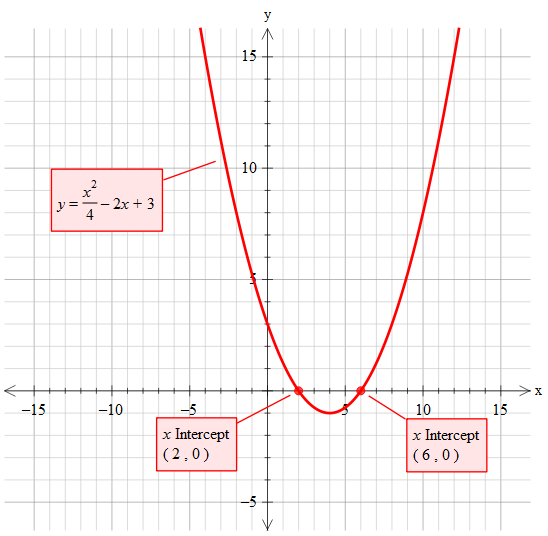Given:#" "sqrt(3x-2)=1+sqrt(2x-3)#
,~~~~~~~~~~~~~~~~~~~~~~~~~~~~~~~~~~~~~~~~~~~~~~~~~~~~~~
Square both sides
#3x-2" "=" "1+2sqrt(2x-3)+2x-3#
The #-2# on both sides cancel out
#3xcancel(-2)" "=" "2xcancel(-2)+2sqrt(2x-3)#
#3x=2x+2sqrt(2x-3)#
Subtract #2x# from both sides
#x=2sqrt(2x-3)#
Divide both sides by 2
#x/2=sqrt(2x-3)#
Square both sides
#x^2/4 =2x-3#
giving:#" "x^2/4-2x+3=0#
Using the standardised formula #y=ax^2+bx+c#
#a=1/4"; "b=-2"; "c=3#
where #x=(-b+-sqrt(b^2-4ac))/(2a)#
#=> x= (+2+-sqrt((-2)^2-4(1/4)(3)))/(2(1/4))#
#=> x=4 +-(sqrt(4-12/4))/(1/2) #
#x=4+- 2#
#color(brown)(x=2" and "x=6#
'~~~~~~~~~~~~~~~~~~~~~~~~~~~~~~~~~~~~~~~~~~
#color(blue)("However:")#
Consider #sqrt(2x-3)#
For #x in RR: 2x>=3# otherwise #2x-3# is negative
#color(brown)(=>x>=3/2)#
,..............................................................................................
Consider #sqrt(3x-2)#
For #x in RR: 3x>=2# otherwise #3x-2# is negative
#color(brown)(=> x>=2/3)#
'~~~~~~~~~~~~~~~~~~~~~~~~~~~~~~~~~~~~~~~~
#color(blue)("Putting it all together")#
#color(brown)("If "x<3/2" then at least one of the roots is negative")#
#color(brown)("As both "x=2" and "x=6" are greater than "3/2)##color(brown)("both are feasible solutions")#
#" "color(green)(bar(ul(|color(white)(2/2)x=2" and "x=6" "|))#



